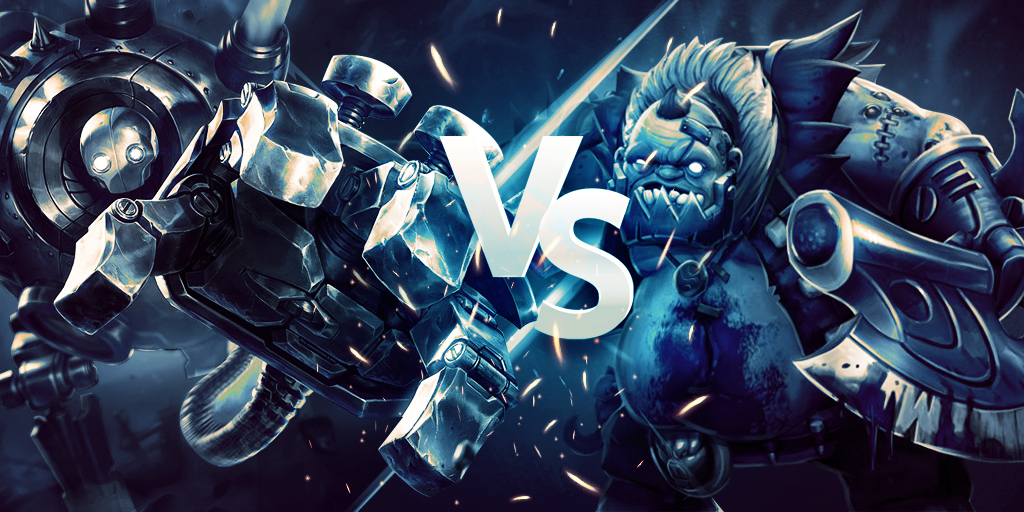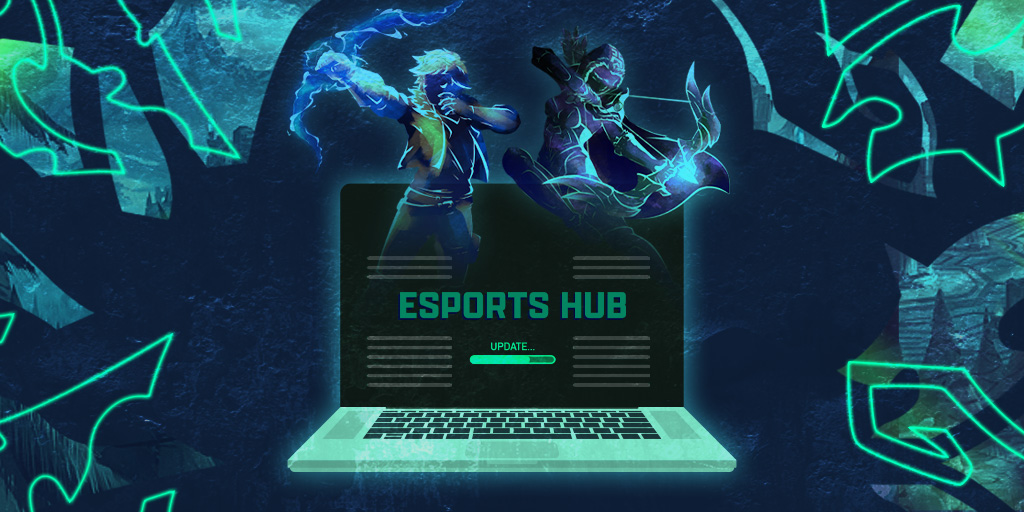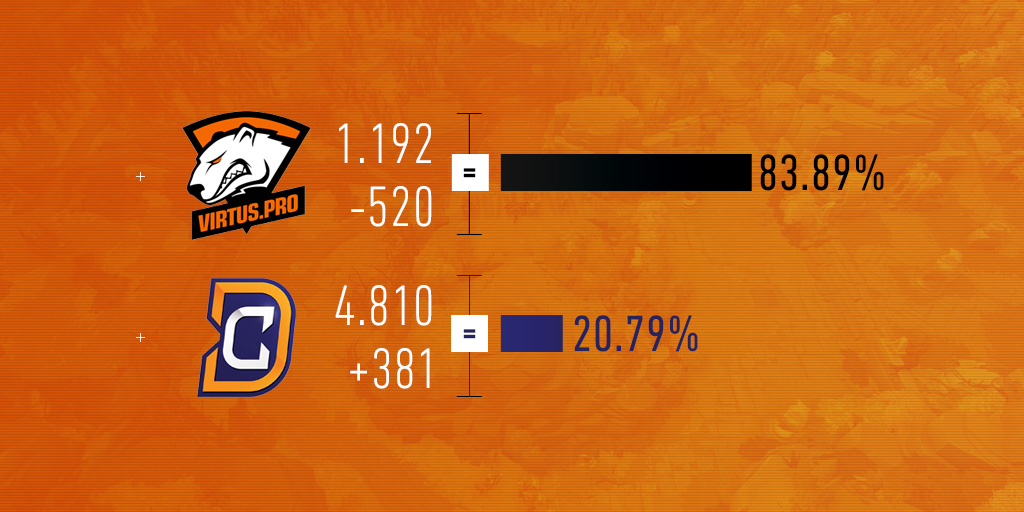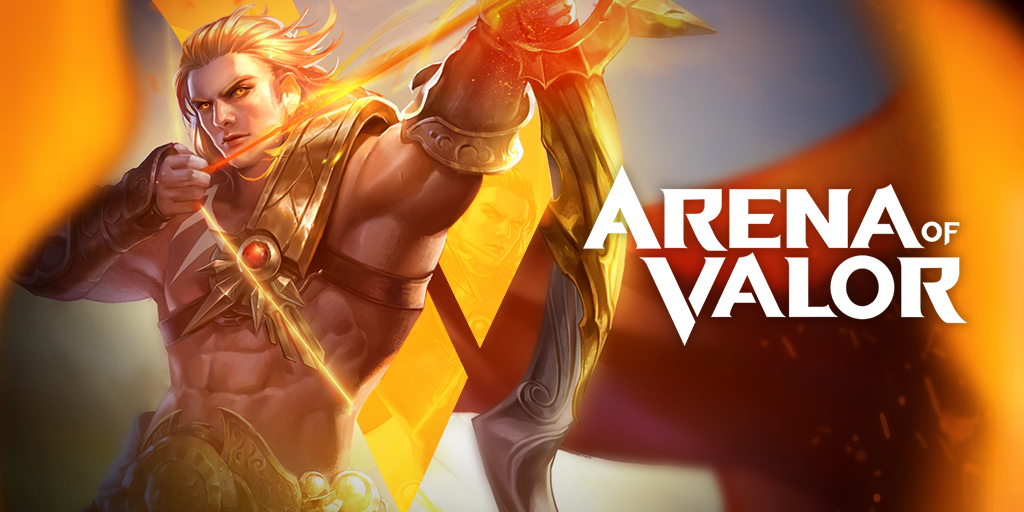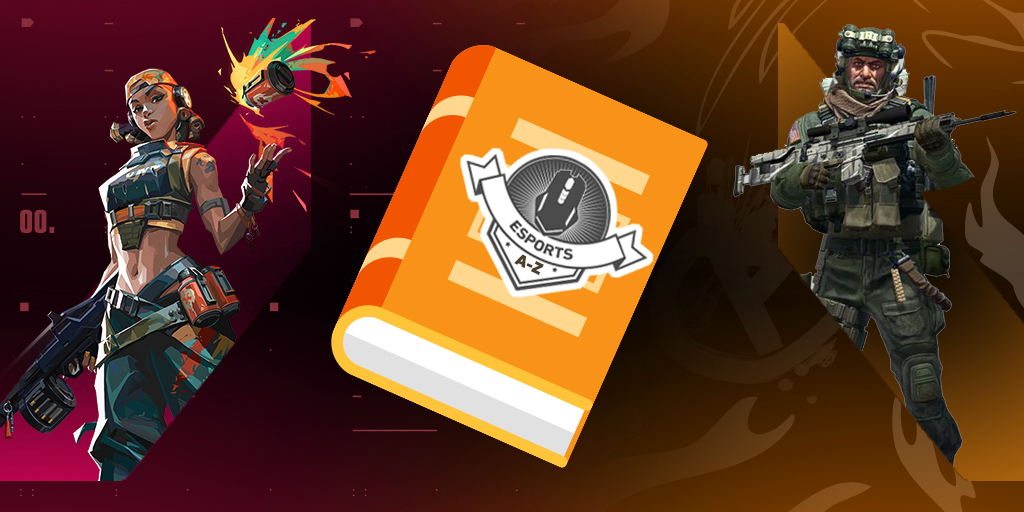League of Legends and Dota 2 remain two of the most played MOBA (Multiplayer Online Battle Arena) genre within esports. Whilst the games themselves seem very similar in style, characters and general appearance, some key fundamental gameplay differences make these two games stand out from each other.
League of Legends (LoL) and Dota 2 on their fundamental level are very similar: you choose your character and your role before entering the match. After this, the gameplay differences and the core mechanics are very much independent from each other.
If both titles share similar traits, this is to be expected as both LoL and Dota 2 are of the same MOBA genre and both spawned from the same original Warcraft 3 mod: Dota (Defence of the Ancients).
Riot Games, the creator of LoL, opted originally for a simplistic, visually appealing design with minimal gameplay mechanics for beginners. The minimal gameplays mechanics developed over time, became more complex, and was dependent on the character, also known as Champion, that you select.
Valve, the creators of Dota 2, used the original Dota mod (and its core developer, IceFrog) as a basis for their interpretation of the game. The thought process behind Dota 2 was to keep the same core fundamental ideas and values of the original game. Because of this, Valve re-built Dota 2 from the ground-up in the Source (Valve’s own) engine.
What are the similarities?
Both LoL and Dota 2 start in the ‘draft’ phase, where five players will go through a pick and ban phase. After each player has picked their Champion (or Hero for Dota 2), they will then load into the game where the similarities continue.
There is a distinct similarity in the character design used in the games; even certain characters share very similar abilities with their counter-parts. These would include Ursa/Warwick, Drow Range/Ashe and Winter Wyvern/Anivia. Although they do share similar traits, they are very different in terms of actual gameplay, roles within the game and abilities to an extent.
Character skins and models also share similarities across LoL and Dota 2 but they contribute nothing to the overall gameplay of the character they have picked, it is purely aesthetic.
In both games, each team will start in either the bottom left-hand or the top right corner of the map. Both games have a Jungle area for whoever is playing the Jungler role, and allow for three separate lanes, top, middle and bottom.
Each match starts with the laning phase. Typically, this consists of players going top, middle, bottom or jungle, however, there have been instances where competitive teams have been known to change up the quantity of each person in each lane to catch the enemy team out. Both teams will remain in their lanes to build up experience points (XP) and gold, which is used to level up your Hero/Champion. Once at a high enough level, and with some coordinated strategy from your team, you can attempt to take down the enemy in your lane or sneak into the enemy team jungle to take down their Jungler.
The overall goal in both is simple: destroy the enemy team’s base. In LoL, the final piece of the base that must be destroyed is called The Nexus and in Dota 2 it is known as The Ancient.
As the match continues, the lane phase will come to an end, at this stage teams will come together or try to push objectives, such as Towers or optional objectives such as the Baron in LoL, and Roshan in Dota 2.
The similarities continue as Baron/Roshan are positioned in almost the same positions in their respective games (the north half of the map). These particular optional objectives are very important as they can change the outcome of a match if played incorrectly. They can also bring a losing team back into the battle due to the statistical increases they provide and can ultimately make a team lose a match if contested incorrectly.
LoL vs Dota 2: Main gameplay differences
Though the laning phases exists across LoL and Dota 2, this phase in particular, is unique in each game. As both Riot and Valve opted for different gameplay styles, the laning phase in particular is different in both. An example of this would be being able to navigate through the trees in Dota 2, whilst in LoL, you have a small area of brushes you can find in to escape your enemy.
In LoL there are 148 playable champions, while in Dota 2 there are 119 Heroes. Each character has a unique set of abilities that effects how each game unfolds over time.
Another such example of gameplay difference comes in the form of skillshots. For example, in LoL, many of the Champions have skillshots (when a player uses an ability and manually aims it at the enemy) which allows them to poke away at the enemy team’s health bars from a distance. Some Champions such as Ezreal can use a map-wide skillshot to try to kill the enemy, if they are low on health but this requires some level of knowledge to the enemy teams’ movements.
On the other hand, in Dota 2 skillshots amongst most of the Heroes are not as common. Many of the abilities in certain roles/positions are dependent on activation and then clicking on the enemy for it to go through, without having to manually aim.
One key factor that stands out in Dota 2 is being able to “Deny” the enemy team from getting gold/XP from creeps and towers. Players can kill their own allied creeps and towers and by doing so they prevent the enemy team from getting the killing blow and ‘denying’ them valuable gold/XP. Killing allied creeps awards reduced gold and no experience compared to killing enemy creeps.
Denying is a risk and reward situation on its own: the player that denies could miss valuable XP and gold that they would have received by killing the enemy creeps, it could force you to over-extend in your lane to the point of the adverse team Jungler coming up behind you and forcing a fight.
The deny mechanic existed in LoL during its earlier stages, in the form of a Champion named Gangplank, whose “Raise Morale” ability required him to shoot an ally minion to activate. If used correctly, Gangplank could slow down the enemy player significantly in terms of XP and gold. This mechanic has now been removed as it was deemed unfair for only one Champion to have this skill set in the game.
In League of Legends, players have four abilities – three basic abilities and their ultimate that can be used upon reaching level six.
In Dota 2, Heroes can stay in their lane throughout the game, thanks to the Courier. The Courier is an animal that works as a mobile shop, you can buy items from the shop and the Courier will deliver them to your Hero in the lane. Once a Hero reaches level five, it will turn into a flying Courier, which has bonus movement, speed and, as the game progresses, unlocks more abilities.
In LoL, there is no equivalent of the Courier and players need to recall back or run back to base if they require new items from the shop. In both games, the area where the players spawn provides rapid health and mana regeneration.
It is also important to note, that LoL has only one shop, whereas Dota 2 has the initial spawn shop and the Secret Shops that are in various parts of the map and provide different items on top of the ones available in the regular shop.
LoL vs Dota 2: Game mechanic differences
Despite having similar traits, a few key differences stand out across both games when it comes to the game mechanics. For example, in LoL, a Champion can turn and move instantly when the player right clicks, however, in Dota 2, players must wait for the animation to play of the Hero rotating before the movement takes place.
Buying items in the shop will spend any unreliable gold earnt before using reliable gold, whereas purchasing a “Buyback” will use reliable gold first before using up any unreliable gold.
Gold and XP are important in LoL and Dota 2, although in Dota 2 there are two types of gold that are earnt by players – reliable and unreliable. Players passively earn 85 gold every minute and can earn an additional 70 if they obtain an item called the “Philosopher’s Stone”, gold earnt passively is categorised as reliable gold. Unreliable gold is any bounty obtained from Hero kills, Roshan, Couriers and the Hand of Midas (an item that grants the user gold when used).
In the end, you add both the reliable and unreliable gold numbers together to make up a players income. The primary purpose of having two separate incomes is to encourage different elements of gameplay, such as ganking and tower kills.
As mentioned previously, Dota2 players can use a feature called “Buyback” – this allows the player to respawn immediately upon death, however, there is a gold cost behind this and also a 480 second cooldown to prevent it from being abused within the game. LoL has no such mechanic, when a player dies in-game, they are forced to wait for the respawn timer to tick down to zero before they can respawn.
Situated at positions around the map in Dota 2 are runes. Runes are special boosters that come in two categories – bounty runes (which give extra unreliable gold) and power-up runes (which grants a Hero a variety of buffs and effects for a short period). They can be stored inside of a bottle to be used later during team fights.
Although in both games there is scaling (how well a Champion/Hero or a team gets stronger compared to the average), it works in different ways. Scaling in LoL is more of a gradual curve, getting stronger as players level up until a peak in natural Champion stats is reached. Some Champions are known as “Early Game” – reaching their peak in damage output during the earlier half of the match, whereas others are known as “Late Game” – starting off weak but becoming stronger as the game progresses into the latter half.
In Dota 2, the support Heroes are the ones making the plays and starting the engagements, whereas in LoL they are used predominantly to support the ADC.
Scaling works similarly in Dota 2, most Heroes will have a peak in base stats before items boost them. However, it is important to remember that in Dota 2, players can change their role as the game progresses, which means that it’s easier for teams to change up the strategy mid-game.
In LoL, players have the opportunity to use Summoner spells such as Teleport that enables the player to teleport to a friendly minion, turret or ward. It is slightly different in Dota 2, as players need to purchase an item called the Town Portal Scroll to teleport to friendly buildings.
In LoL, destroying a team’s Inhibitor (a building that stops the creation of super minions) will mean super minions spawn for five minutes until the Inhibitor appears again. Dota 2 is different in this instance as when the equivalent building, the Barracks (commonly known as Rax), is destroyed, it will be eliminated for the remainder of the game.
LoL vs Dota 2: Main non-gameplay differences
Players can choose two Summoner Spells before the match begins in LoL, including Flash (allowing players to teleport a few metres), Exhaust (applies slow and damage reduction), Ignite (burns an enemy champion for five seconds) and many more.
Denying is the act of killing a player’s own creep in Dota 2 to stop the opposing team getting the gold and XP reward - stopping the opposing hero getting stronger.
The Summoner spells are usually assigned to different roles, for example, the Jungler always uses Smite (attacks Jungle monsters or enemy minions only). Summoner spells do not exist in Dota 2, as these choices are more dependent on the Hero you pick and the role you are playing.
Roles are predetermined in LoL before a game begins, but this is entirely different in Dota 2 with roles being a lot more flexible. Most Heroes can play more than one role, enabling teams to switch up their compositions midgame.
Support Heroes are used differently in the two games – in Dota 2 the support Heroes are the ones making the plays and starting the engagements, whereas in LoL they are used predominantly to support the ADC.
There are five main roles in LoL: Marksman (ADC), Top, Jungler, Mid and Support and many more in Dota 2. The main roles in Dota 2 are Carry, Disabler, Initiator, Jungler, Support, Durable, Nuker, Pusher and Escape. With their only being five champions per team every match and nine different roles, no two games of Dota 2 are the same.
In LoL, each Champion has four abilities – three unique basic abilities and one ultimate ability that can be used upon reaching level six. In Dota 2 the majority of Heroes have three unique basic abilities and their ultimate, however, certain Heroes can have a much larger number of abilities, which makes the overall game mechanics of those Heroes complicated (for example, the Hero Invoker is seen as one of the more complicated Heroes to control in the game with a staggering 14 abilities).
In Dota 2 only, players can use a feature called buyback to respawn instantly for a fee.
Another major difference between LoL and Dota 2 is talents. In Dota 2, talents are traits unique to each Hero that become available every five levels and are separate from regular abilities that you put points into each level. From level 10, it provides a buff to Heroes attributes, additional gold, or experience gain. It can also boost Heroes abilities, adding a new dynamic to the game. On the other hand, upon levelling up in LoL players are granted one point to enhance a Champions’ abilities which can reduce the cooldown, increase damage output or add a bonus effects.
When it comes to tournament play both LoL and Dota 2 have varying esports ecosystems and handle online matches and LAN matches differently, for example, Valve the developer behind Dota 2 allows third-party tournament organisers to host tournaments, where as Riot Games does not allow third-parties to host their own LoL events.
It is essential to understand the specific differences between the two games in order to have the chance of lucrative rewards when betting on them. As detailed throughout, simply having an overall understanding of MOBAs cannot replace a deep knowledge and it is, therefore, important that the differences between the two are understood, as without them you may come into difficulties when betting on either Dota 2 or LoL.

